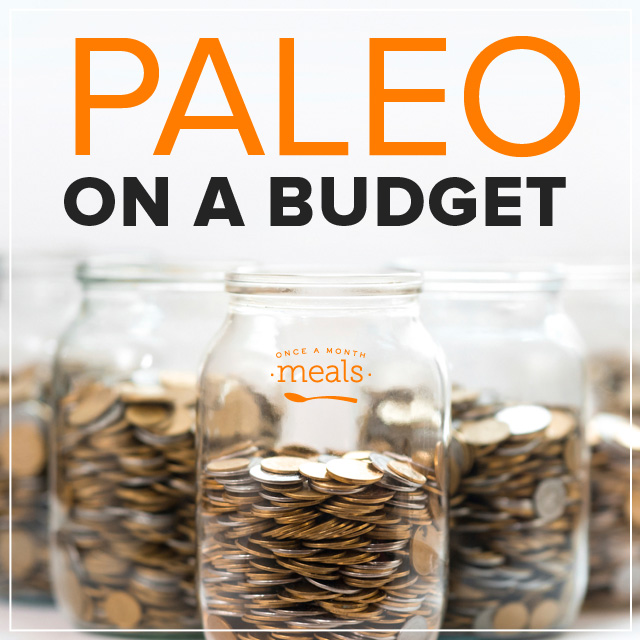
The first time you went shopping after deciding to try Paleo, you probably croaked at the size of your grocery bill. Since you were more than likely purchasing completely different foods than before cleaning up your diet, starting over with a Paleo-approved pantry can be quite a task. Of course, the same is true for any “diet”.
Once Paleo becomes a lifestyle, the grocery budget eventually evens out. You notice that the bulk of your grocery list is almost always comprised of the same items: beef, chicken, pork, fish, eggs, almonds, almond flour, other nuts, olives, coconut, coconut flour, coconut milk, in-season fruits and vegetables, herbs, spices, and occasionally a few condiments like honey and coconut aminos. Simple. Quick. Easy.
The good news about a streamlined grocery list is that you can track how much of each item you consume in a given time period, track sales cycles, and determine the best prices for each. By creating a master grocery list with the items you use most often, you should be able to update the list with the date, place purchased, amount consumed, and dollar amount spent per pound. After a few months, you’ll be able to determine when and where to get the best price for each item.
There are a few additional ways you can save money on Paleo approved foods other than finding the best deals at the grocery store. It really is possible to eat Paleo on a budget.
1. Turn the whole into parts.
One of my favorite methods for saving money is to use every last bit of what I buy. For example, did you know there is more to chicken than the breast? I say that a little tongue in cheek, but it seems like we’ve been conditioned to think eating a chicken breast is the only way to go. I personally like to buy a whole chicken, cook it in the slow-cooker, remove the meat, use the carcass to make chicken stock, and use the leftover fat to cook future meals. The same thing can be done with beef, venison, or buffalo.
When it comes to all of the almond and coconut products that can be eaten on the Paleo diet, you can make almost all of them at a fraction of the cost just by using the original product. Almond flour, almond butter, and almond milk can all be made from raw almonds. The same is true for coconut. Coconut flour, coconut butter, and coconut milk can all be made from whole coconuts or even unsweetened coconut flakes. I know that’s a lot of info so let’s recap with a nice, easy list.
Whole Chicken:
- shredded chicken
- chicken stock
- cooking fat
Whole Cow (or a portion):
- beef
- beef stock
- cooking fat
Whole raw almonds:
- almonds
- almond flour
- almond butter
- almond milk
Coconut flakes:
- coconut
- coconut flour
- coconut butter
- coconut milk
2. Buy in bulk.
We all know that you can often get a cheaper price per pound when you buy in bulk. One way to do this is to stock up when meat is on sale at your local grocery. If the cheaper cuts of meat are on sale, don’t hesitate to grab them all. Just cook those in the slow-cooker, and it will be so tender no one will know the difference! Keep in mind that you can also call your store to find out when they mark down food. Once you know the day and time, get there early and grab all you need.
There are certainly challenges to buying in bulk like knowing where to purchase large quantities as well as knowing how and where to store such large quantities. Ideas on where to purchase meat, almonds, coconut, and coconut oil in bulk are listed below. However, keep in mind that you don’t necessarily have to keep bulk purchases for yourself. Go in with a friend or even a group to split the cost. Having like-minded Paleo friends can certainly benefit the wallet!
3. Buy direct.
When possible, cut out the middle man. Buying almonds, chicken, beef, eggs, and produce directly from the farmer, instead of a grocery store, will give you a higher quality product and more bang for your buck. If you’re new to buying direct, it could take some work to find local providers. But don’t hesitate to ask around; you never know what resources you’ll find.
I recently went in with a group to purchase a cow. It was a local(ish), pastured, grass-fed and grass-finished cow. The price per pound was $4.35. If you’re used to buying traditional ground beef, then that price may seem a bit high. However, this was extremely high-quality beef, and there was only a portion ground. The majority of the beef contained various cuts of roast, steak and ribs, plus extra bones to make bone broth, Tallow and liver were also included in the order. I think that almost everyone should agree $4.35/pound is a great price for those cuts of meat.
If buying a portion of a cow (or any animal for that matter) seems a bit extreme right now, you may want to consider starting with a CSA (Community Supported Agriculture). There are CSA’s for beef, chicken, pork, eggs, produce, and more. You’ll pay for it upfront, but you’ll receive a weekly portion for the duration of the season.
4. Buy online.
Buying online is one of my favorite ways to shop, mostly because time is a premium, and having things delivered to my front door saves tons of time. But the added benefit is that I don’t have to take two wiggly kids with me to the store! Subscribe and Save on Amazon is an easy way to save time and money.
I recently purchased a case of Organic Unsweetened Coconut Flakes using the subscribe and save option. At first, I thought 42 cups of coconut flakes would be excessive. However, by the time those flakes are used to make coconut flour, coconut butter, and coconut milk, they get used up very quickly.
You can also purchase high quality, Unrefined, Extra Virgin, Raw, Cold Pressed or Centrifuged Pressed Coconut Oils in bulk from places like Wilderness Family Naturals. If you buy six containers of coconut oil by the gallon, the price per ounce goes down considerably. Pull together six of your closest coconut oil loving friends, and you’ll be set for quite a while. Did you know that you can also buy almonds directly from a farmer online? Do a quick Google search to find a list of options.
5. Buy in season.
In-season produce is the most plentiful. So plentiful in fact, that the price is reduced dramatically, so consumers will grab it up fast. If you have freezer space or like to can foods, stock up when fruits and veggies are at their rock bottom price, so you can eat from your surplus year-round.
6. Choose frozen over fresh.
Farmers and manufacturers freeze produce during the peak season to make it available year-round. That’s why you can often buy frozen fruits and vegetables for less than what you can get in the produce aisle. It’s not always the case, but it’s worth the comparison when you’re at the grocery store.
7. Grow your own.
Gardening is one thing I’d like to take up this year. Granted, it won’t be a large garden. But something like an indoor herb garden is something simple that even I can do to shave quite a bit off the grocery budget year-round. I’ve even considered a patio sweet potato container garden. For those of you with a greener thumb than mine, you already know the benefits of growing your own fruits and veggies. It does cost you time, but if you have more of that than cash, a garden will certainly reduce your grocery budget. Trees are also a simple way to grow your own food. Most think about fruit trees, but have you ever considered planting a couple of almond trees? I’ve never planted one myself, but I’d love to give it a try!
8. Keep the meal plan simple.
I alluded to this earlier, but if you have basic ingredients, you can use spices to drastically change the same basic meal. Cook a huge amount of chicken or beef and change up the spices to give it a Mexican, Asian, Indian, or American flare. Add a different veggie each night of the week, and your family will never know how easy it was to prepare the meal.
9. Eat less.
Of course, eating less will save money. But that’s easier said than done, right? I don’t know about you, but when I eat clean, I eat less. Of course, there’s the initial withdrawal from junk food, but after a few days, I almost have to force myself to eat. My stomach shrinks, and I’m no longer tempted to snack 24/7. When I’m eating a strict Paleo diet, I really do eat to live, not live to eat.
10. Plan ahead.
Meal planning is key when keeping to your budget and sticking to your goals. Why not have us do the work for you? Consider one of these two different paleo mini meal plans to help you get your feet wet into freezer cooking. We also have a monthly paleo meal plan for you to enjoy! Get started today!
Those are some of my favorite ways to stick to a budget when eating Paleo, but I’d love to hear from you too! How do you save money on your Paleo grocery bill?
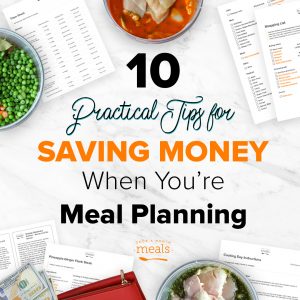
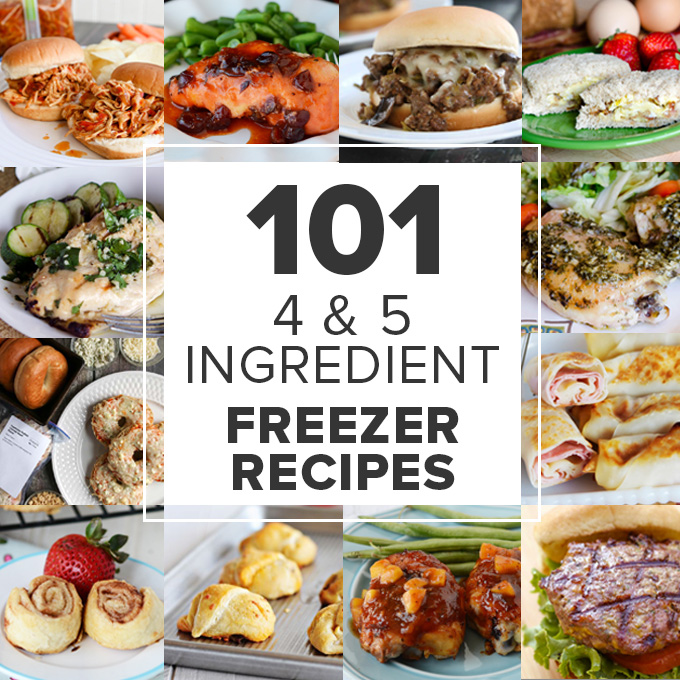
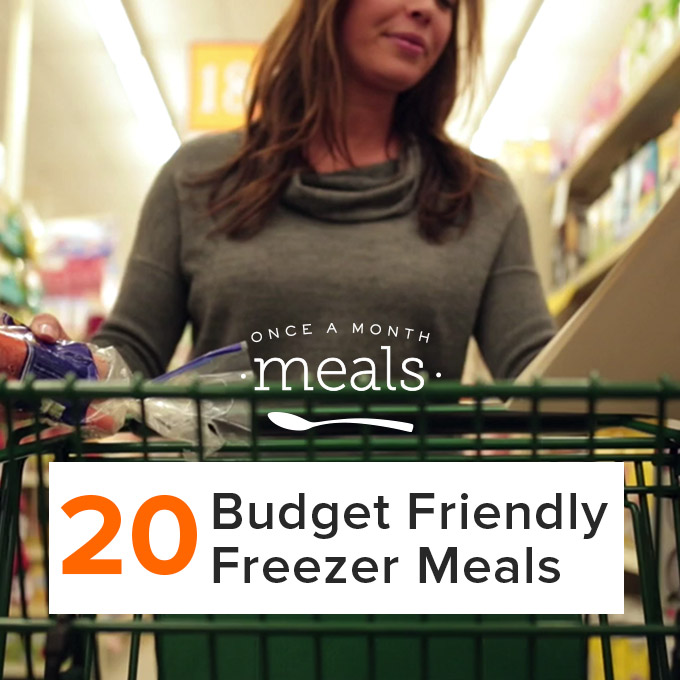
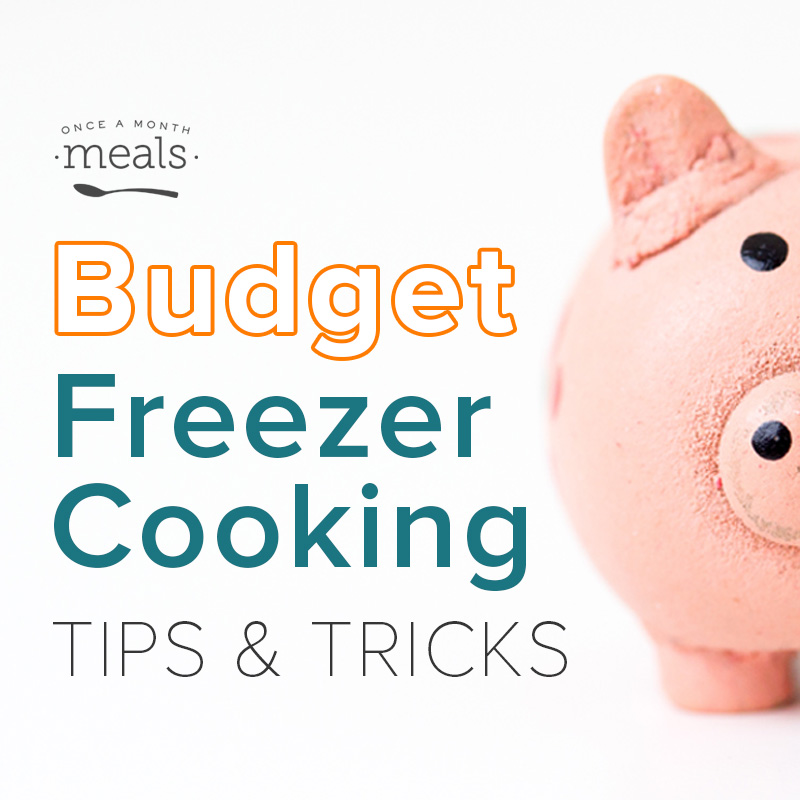
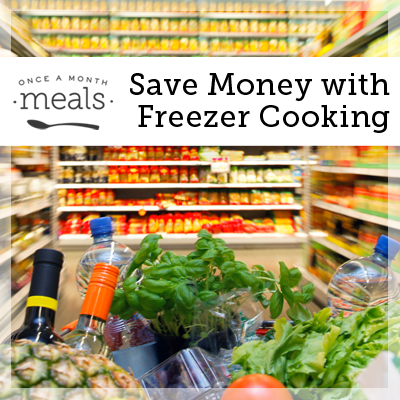
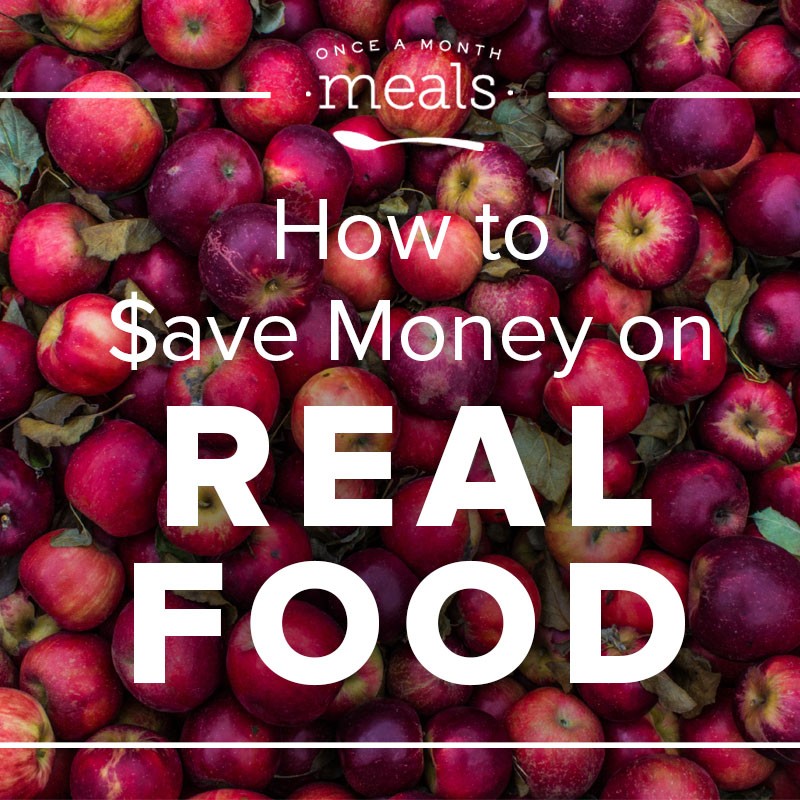
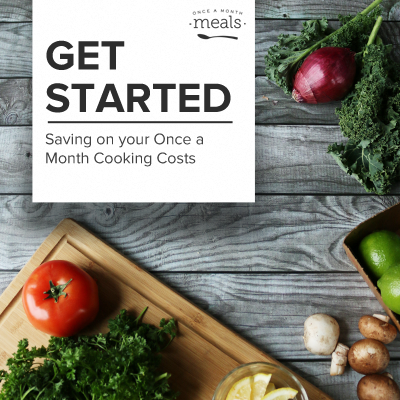
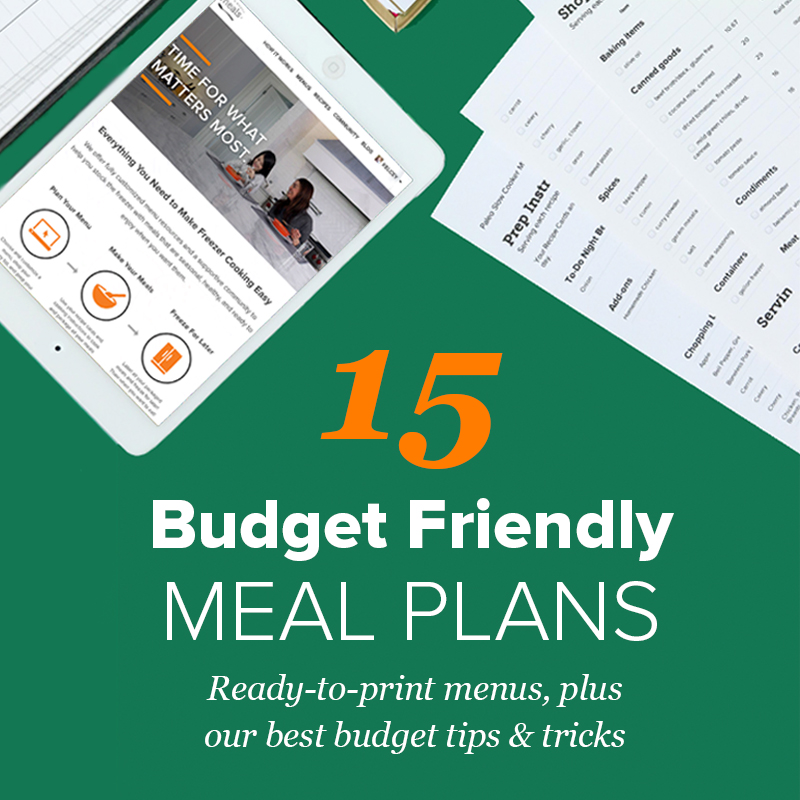
32 Comments
Join the discussionThank you for this! I am slowly converting my household to a Paleo lifestyle and I’m always looking for ways to save money on our grocery bill. I will be subscribing to your monthly Paleo plan soon to save us even more money and make this transition easier for us!! Since my husband hunts and we eat mostly game meats, that will cut down our bill a lot. Does your Paleo plan have recipes that include duck and geese?
that is an amazing price for beef! I get 1/2 a cow and the average price (from about 4 different sources of grass fed/finished, cryovaced, etc) is about $7.50/lb. Still cheaper than normal store prices, but I wish I could get it for that price!I’m also wondering about stores marking down food – I’ve called 5 or 6 grocery stores in my area as I thought this was a great idea and none of them have a mark down day. Some have outright told me they don’t mark down food – just throw it away. It must be the area of the country or something…
Kroger marks down foods quite often. If i get there in the morning after they do it I load up on meat.
Wow! I was wondering the same thing! How did you find grassfed beef so cheap? There are two local resources available to me for about 7-7.99 per pound. One is a local farmer who sells quarters or half grass fed beef and the other is from a local university. That’s twice the price of yours. Any other local source is more expensive.
Sarah- The writer who wrote this post lives in a beef heavy area and this price did not include processing. Her total was closer to $7/lb after processing.
Try Butcher Box.
I have been considering starting a whole food type diet and was concerned about the costs that I might have to incur if I decide to start one. As a student I don’t have a ton of money so this is a great article to possibly get me started on the Paleo diet if I choose. In terms of buying in bulk and especially with meat I have written about the topic before in my grocery buying posts and swear by it, it doesn’t make sense to not buy club/family packs and just cook or bag it for individual meals later. I will keep checking back since I enjoyed this post so much.
I, too, would love to cook with the duck and geese my husband brings home but do not have any good recipes for them. Can you help?
Lynn I’ve been cooking with pheasant a lot this winter and using it as a sub in most of the chicken recipes. I just make sure to brine it before so it stays moist. Maybe we’ll do a wild game mini menu sometime!
We threw our goose breast in the slow cooker and cooked it on low for 8 hours in some chicken stock. It came out tasting just like a beef roast. We then shredded it in the food processor and it works great that way. My husband likes to use BBQ sauce on his, I just mash up an avocado and mix it in.
Another tip!
For grass fed locAl meats consider halal meat
Markets. Becuase of religious practice the animals
Must be farmed and slautered in the traditional
Way. Ussually the halal farms are close to the markets too! Plus the have all kinds meats,goats,
Sheep etc!
I just came back to look at your page since I haven’t been on in a long time. Honestly I stopped coming cause we started eating Paleo and sadly it was before this! I am so happy I got curious and dropped in and hope to see more amazing Paleo related posts!
We’re happy to have you back!
I agree with everything you say except buy online for items that may be available in your local stores. Any taxes you pay in local stores go towards supporting your community – these are often lost when you buy online. In addition you are supporting a local business that employs community members. These businesses are some of the same ones that make donations to schools, clubs and community organizations. Sometimes is costs more money out of pocket to buy local instead of online but the cost in the loss of jobs when local businesses close due to the lack of support is much greater and more devastating to a community. Just a thought.
As mentioned in the post, buying direct is our first suggestion, buying online being second. We agree buying local is best but the truth is that there is a good portion of our audience (and those wanting to do paleo) who don’t have the goods/foods available to them in local stores. When they aren’t available locally, you shouldn’t give up is all.
I have found that this Bob’s Red Mill flaked coconut is significantly cheaper than the coconut you suggested. Thank for all of the tips!http://www.amazon.com/Bobs-Red…
Thanks for this post. I like it!
One of my budget tricks: Every week or two I make chicken broth from bones I get from a local chicken farm that sells at the farmer’s market. The bag of bones is $4 and contains 3 whole frozen chicken carcasses that still have a bit of meat on them, especially on the back and neck. About 6 hours into the broth making process I pull the bones out and let them cool a bit then carefully pull the meat off and return the bones to the pot. I’m usually able to get about 3 cups of pulled chicken which I use to make chicken salad, tacos or use in soups or other recipes. 3 cups of tender, yummy, pastured chicken and 6 quarts of broth for just $4!! Just be careful, no matter how thorough you are there are almost always going to be a few tiny bones that get by you so I’m not sure I’d feed this to small children.
I really like a lot of the recipes for paleo, but it’s really hard with a nut allergy in the home, and especially an egg allergy! Nearly every single breakfast and baking item has eggs! I wish I had a menu geared towards egg-free baking items for sure! But, past that, I like that it’s whole foods and not processed. Have you ever had success baking egg-free, or have you ever tried?
Hi Jamie! We have had success baking egg free- I think this post here might help. http://onceamonthmeals.com/goi…. Stay tuned too because VERY shortly you will be able to mix and match recipes on a menu. We are so excited not just because many people want it but also because we truly want to be a resource for those that have allergies they have to work around.
wow! thanks thats really handy 🙂
This is such an awesome resource – I am a nutritional therapist and in my opinion, Paleo is truly the healthiest way to eat! Many of my clients have trouble making the switch because they think it has to be expensive and time consuming… can’t wait to refer them to your site. Thanks!
Welcome! Glad to hear it can be of help to you and your clients. 🙂
Hello, did you ever post instructions on how to use raw almonds to make almond flour/butter/milk and coconut flakes to make coconut flour/butter/milk? Thanks!
Katie – We do not have a post on how to make these from scratch – but here are a few that are great! http://allsortsofpretty.com/ho… http://autoimmune-paleo.com/cr…
“However, by the time those flakes are used to make coconut flour, coconut butter, and coconut milk, they get used up very quickly.”Can you explain how to make these with the flakes and share what you may use them for? –clearly very new to the paleo idea
Penny, here are a couple links on how to transform coconut flakes for all those different uses:
http://homegrownandhealthy.com…
http://stupideasypaleo.com/201…Coconut flour is similar to almond flour and can be used in making pizza crusts, muffins, and other bready items. Coconut butter can be used like a nut butter to spread on foods or can even be used to make paleo frosting on occasion with a little vanilla and maple syrup. Coconut milk is great for curries, smoothies and in coffee. 🙂 This isn’t an extensive list of what these items can do, but it’s somewhere to start exploring.
My fitness program recommends going Paleo and I’m very interested in moving toward such a strict diet. However, as a student living in a dorm, the buying, storing and cooking of bulk food is very difficult with shared kitchen and storage space. I just got a slow cooker last week and I’m looking forward to utilizing these steps in a practical way. Thanks for the advice!
Awesome! Glad you were able to find some helpful info here. Two more links that might be of help to you. This one has some tips on how to use an apartment size freezer for bulk cooking (though I realize you said you share space): https://onceamonthmeals.com/bl… . Also, here is a link to our Paleo Mini Menus (5 recipes each, which yield 10 meals): https://onceamonthmeals.com/me….
I just began this diet a few months ago and it is tough but it’s manageable for the most part even on a limited income. I just purchase single serving amounts of fruits and vegetables and frozen when not in season. I also, buy small amounts of the flours at winco and try to find sales at trader joes on some items. I can’t buy farmed meats yet but look for the closest store ones and plan to go in with a relative who has a freezer who will let us store meat there. I think anyone can do this but it does take some organization of learning what will work for each person’s ability. I made the paleo list of items and I search for recipes online. Then buy small portions that fit into the freezer of meat and frozen veg. And fruit. Even if you can only do some things it’s well worth exchanging anything unhealthy that you can, for the healthier options when you can. I have been losing weight with this and short yoga sessions when prior my weight wouldn’t budge trying any other diet.
Hi
On the subject of ‘Paleo on a Budget’, I found a useful book for beginners that want to eat paleo on a shoestring budget. I think the link ishttp://www.amazon.co.uk/PALEO-…I would really recommend!
Is this post really updated in 2020, or just a cyber makeup?
Anyways you have an awesome posts here. It is good to get your foods frozen to keep them from spoiling, you can do this even when you are on a long journey because of the presence of portable refrigerators for cars.